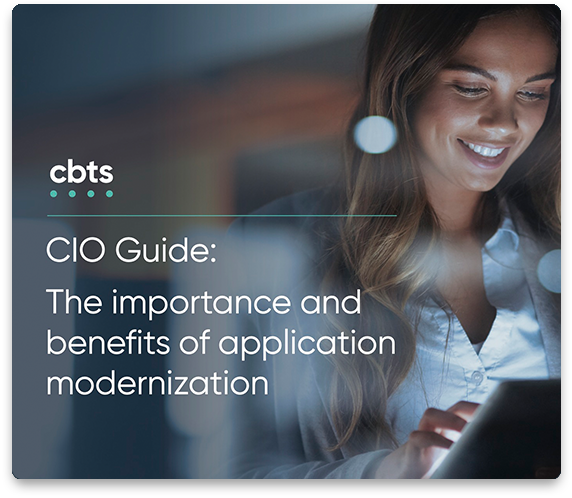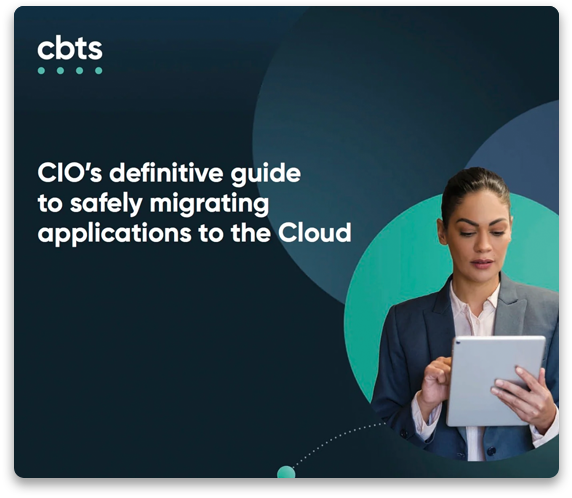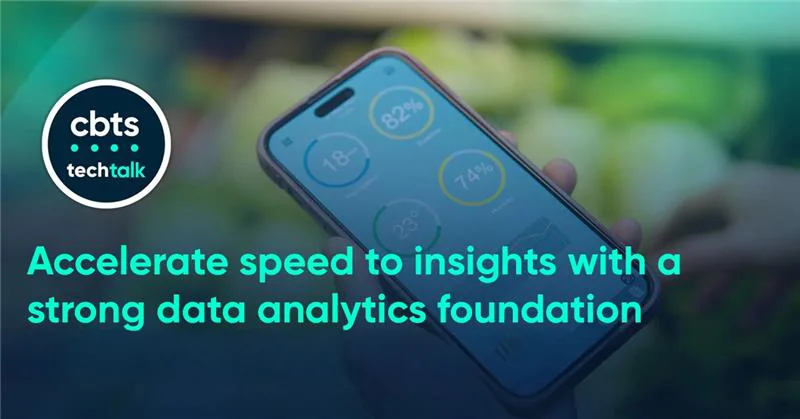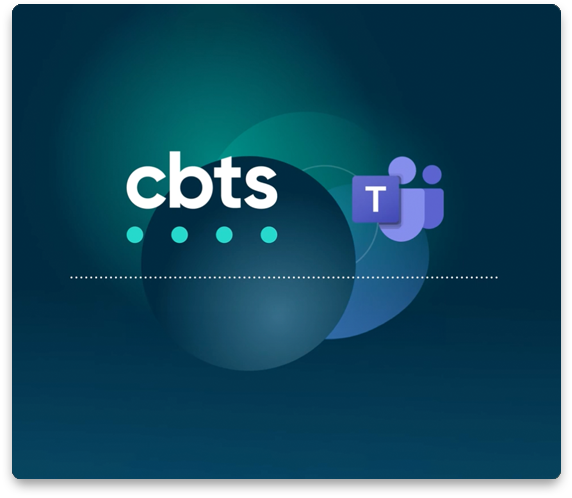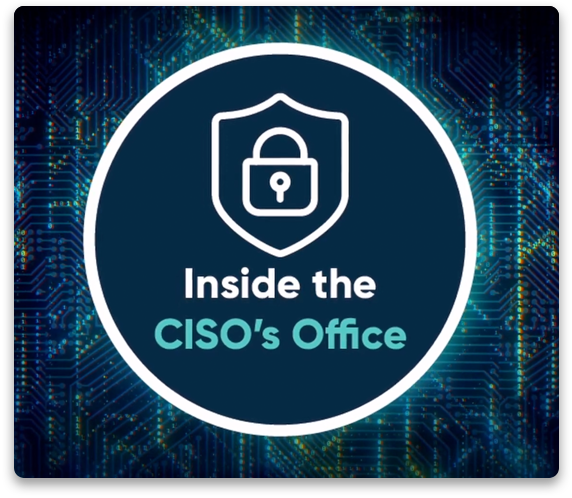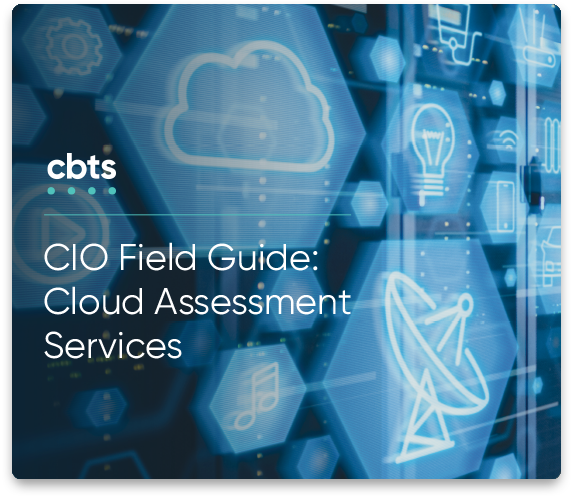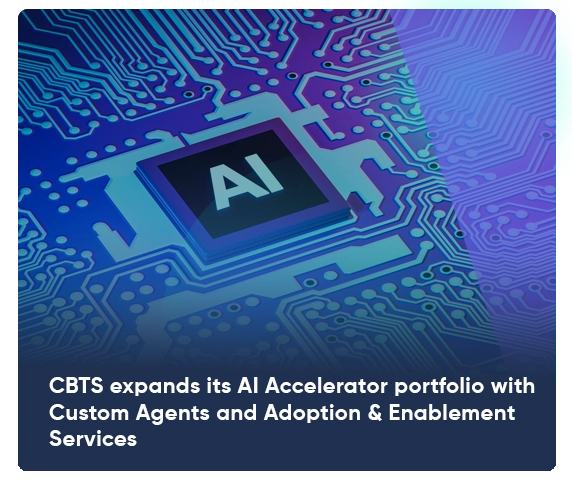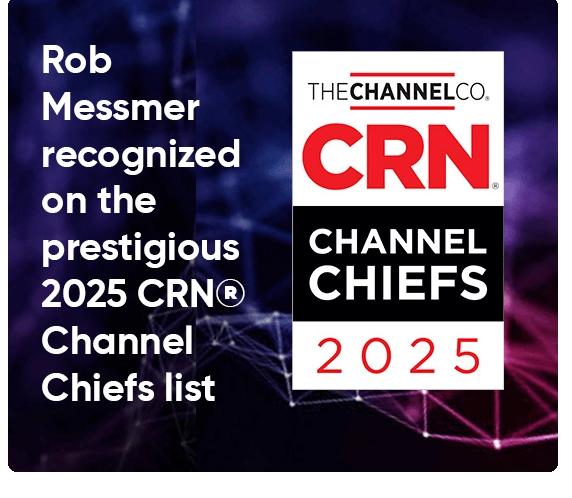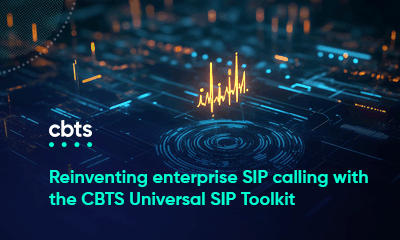
Late last year, Microsoft announced changes surrounding its Enterprise Agreement (EA) licensing plan. As 2025 progresses, organizations are beginning to see the effects of these changes, with both new EA purchases and renewals no longer available for certain customers. Instead, some small- and mid-sized organizations are encouraged to pursue Cloud Solutions Provider (CSP) relationships or direct Microsoft Customer Agreements for Enterprise (MCA-E).
While details on the changes are still limited, the shift suggests a forward-looking emphasis for Microsoft on cloud transformation and artificial intelligence (AI) services. At the same time, the new licensing structure could carry far-reaching implications for your procurement and billing processes and, in some cases, your technology infrastructure. Learn what changes are expected and for whom, and what you can do to prepare.
Read more: GenAI drives need for an effective cloud migration plan
What is happening to the Microsoft Enterprise Agreement?
Microsoft is phasing out its EA, beginning with small- and mid-size customers primarily invested in cloud-based licenses. A comprehensive rubric for customer eligibility has not yet been released, but Microsoft began contacting affected customers directly in January. If your business fits this description, it would be advisable to start considering your alternatives:
CSP
The Cloud Solution Provider program is the route for organizations seeking value-added services and support. A CSP is established with a Microsoft partner, allowing you to bundle licenses alongside the expert assistance you need. Your CSP becomes your primary point of contact and can help you manage your Microsoft licensing for the optimum solution.
MCA-E
Regardless of whether you choose a CSP, you will need a Microsoft Customer Agreement (MCA) to purchase licenses from Microsoft. The MCA-E defines your organization’s licensing relationship directly with Microsoft. As a standalone agreement, it presents a more self-managed option that does not include support or additional services. Customers handle license procurement and compliance management themselves, which, for larger enterprises, may be a more cost-effective route.
What changes can you expect under a new agreement?
Perhaps the most noticeable change that customers will experience under a new licensing agreement is in the realm of billing. Under an MCA-E, customers can expect to see:
- New pricing structures. Instead of the volume-based pricing tiers of the EA, MCA-E offers greater flexibility to tailor your license purchases. The solution requires more in-depth management but creates the opportunity for increased cost savings.
- Billing term options. In exchange for a usage commitment, Microsoft Enterprise Agreements lock customers into a set term with fixed pricing, typically three years. An MCA-E can be billed monthly or annually, and while prices can change, customers have the flexibility to scale up or down as needed.
- Restructured invoices. The MCA-E collects a range of licenses and relationships under a single overarching agreement. Its invoice structure reflects that change, separating charges into detailed billing profiles and invoice sections that read differently than the streamlined EA invoice.
- No true-up process. Without a regular reconciliation after the fact, organizations will need a more rigorous and real-time process to manage licensing demands and compliance.
Also important to note is that the MCA-E does not offer Software Assurance (SA). Both technical and billing support are available to organizations through a Microsoft partner via a CSP relationship.
Read more: How much do you think about total cost of ownership?
What should you do to prepare?
If you believe this change could affect your organization, there are steps you can take now to position yourself for a successful migration from a Microsoft Enterprise Agreement to an MCA-E, with or without a CSP.
Understand current usage
To deliver the same level of functionality and compliance under a new agreement, a full license review is key. Once you have the complete picture of your present utilization, you can begin forecasting the total cost under an MCA-E and identifying opportunities to optimize.
Evaluate technology strategy
Transitioning to a new licensing agreement provides an opportunity to assess the direction of your technology roadmap. Microsoft’s changing license options shift the focus to cloud infrastructure and AI development and might provide the incentive structure your organization needs to advance your cloud transformation. If so, now is the time to evaluate the downstream implications and begin building a plan.
Azure migration considerations
Transitioning an Azure subscription from a Microsoft Enterprise Agreement to a CSP relationship can present significant technical challenges, and experts are noting it as one of the largest potential hurdles for customers due to this licensing change. If your organization relies on an Azure license through an EA, finding a CSP with robust Azure expertise will be essential. Expert Azure partners have access to tools that can sidestep delays and ease the transition tremendously.
Recruit knowledgeable support
While larger enterprises may have full-fledged Microsoft licensing experts in-house, smaller organizations face a complex migration without the tools to optimize it to their advantage. Identifying an advisor or CSP that meshes with your business needs and can guide you through this transition will benefit your organization both in the moment and into the future as Microsoft shifts toward a more partner-led strategy.
Read more: The benefits of managed IT services
Build your Microsoft cloud future with CBTS
Expert assistance will be essential to navigate Microsoft’s upcoming licensing changes successfully. With the right partner, you can do more than simply transition away from a sunsetting license model—you can leverage this inflection point into cost savings and technology transformation.
CBTS is proud to be a recognized Microsoft Solutions Partner with a track record of success in a range of Microsoft products and services, including Azure management and licensing optimization. To evaluate your needs and begin building a roadmap for the future of Microsoft licensing, contact CBTS today.

